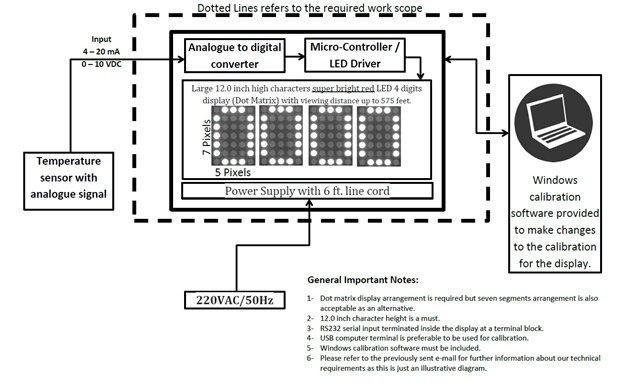I am interested in a circuit board to control a two digit 7 segment LED. Information will be coming from my software.
I will need the circuit board to show a number (up to 2 digits) and to be able to also have a push button when pressed to turn off the 7 segment LED displaced.
The quantity of the same board will be from 250 up to 1000 boards.
Thanks,
Tim Cloninger

